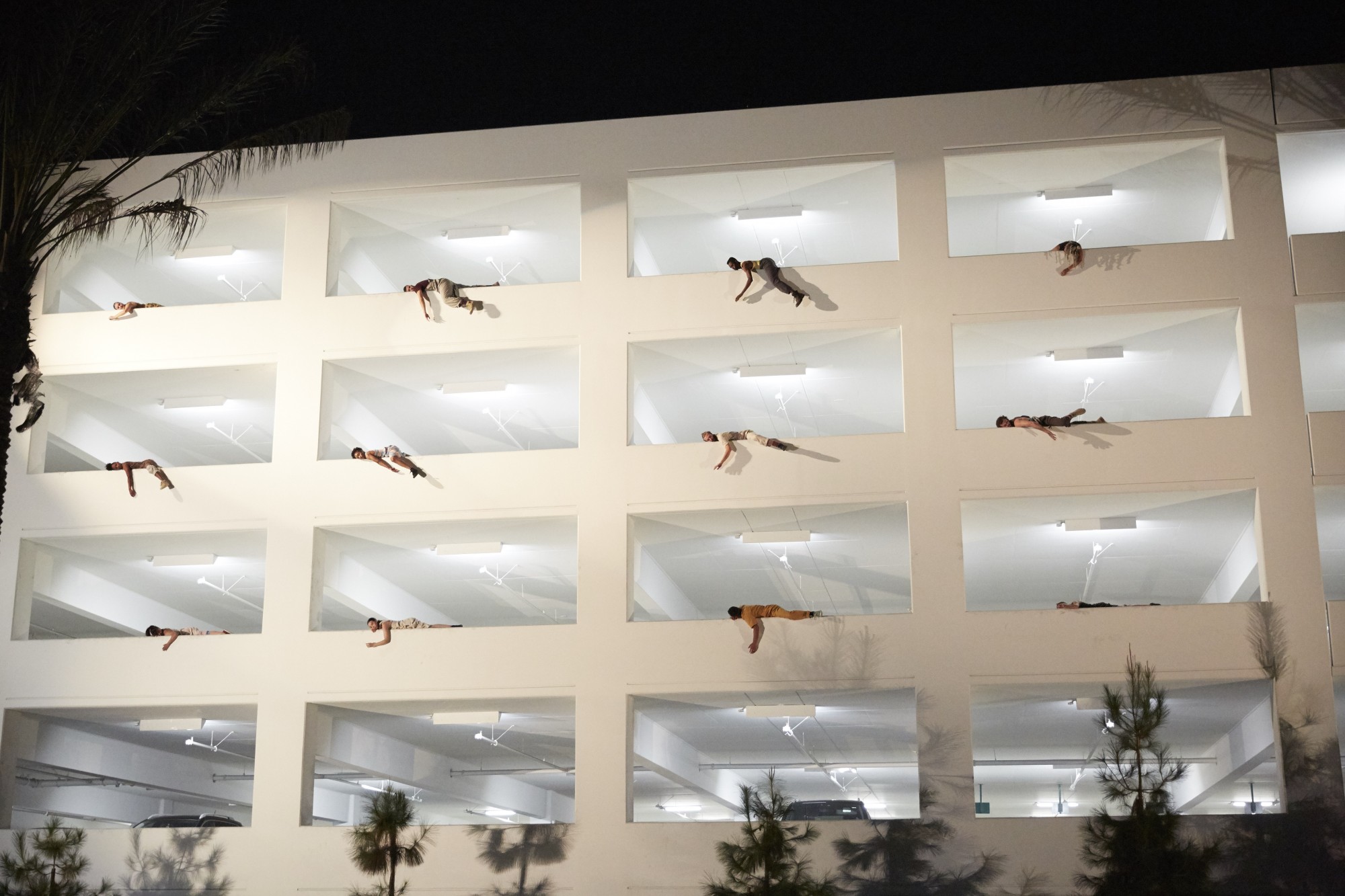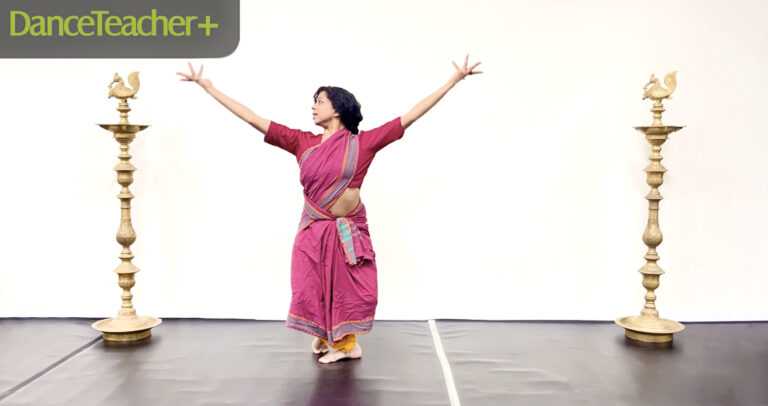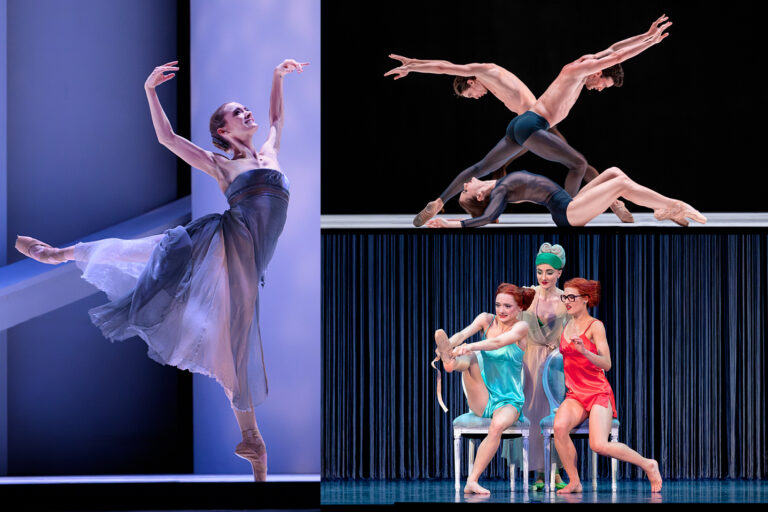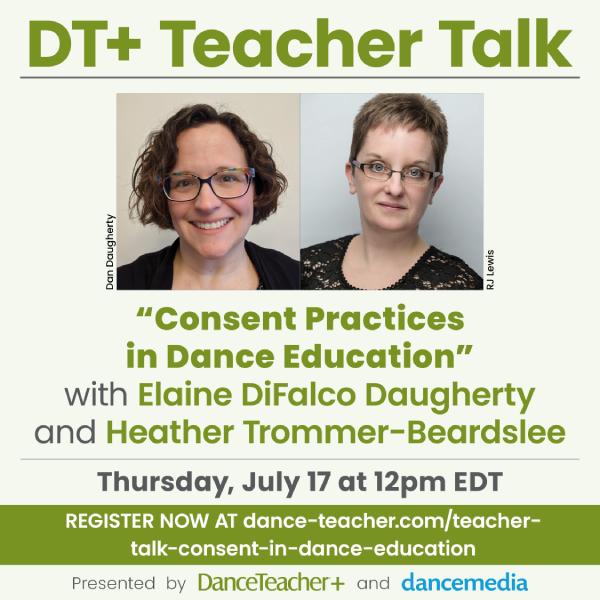
Although the fields of dance and choreography are inextricably intertwined, they’re often taught as separate skills in the studio setting. While some dancers might have experience with choreography before beginning a college dance program or embarking on a professional performance career, many pick up this skill as they mature. But beginning to plant choreographic seeds in your students’ lives early on will serve them well as they grow as dancers.
A simple way to introduce choreographic ideas is to teach your students to find and honor their inspirations. Many professional dance artists, like Heidi Duckler, whose creations for her eponymous company, Heidi Duckler Dance, have been pioneering in the site-specific realm, find creative fodder in other art forms outside of dance.

“I’m inspired by real life. I’m inspired by people, the conditions of people, and the way they exist in their environments. All my work has that at its core, but I’m also inspired by architecture, by buildings, by cities,” says Duckler, who has also used sculpture and literature, among other mediums, for inspiration.
Turn Prop Work Into Partner Work
Stefanie Batten-Bland, a multi-hyphenate dance artist and the founding artistic director of Company SBB and CONCRETE immersive theater summer intensive, advises incorporating objects and surfaces into classes to increase partnering ranges. Have students bring a few favorite objects from home (alternatively, you can bring a few objects from your home, or use items from around the studio), that they can practice interacting with during class. Encourage students to think about the relationship they have with the object as more than a prop.
“That’s the first thing: changing the identity of something,” Batten-Bland explains. “That’s a wonderful way for teachers to start exploring relationships with other elements.”
Duckler also recommends this exercise, adding that this “relationship-building” can extend to the physical space as well. Encourage students to think about aspects of the room, like the floor or a corner, in terms of creative inspiration and movement creation.
“Look at them in different ways, and upside down,” she explains. “There are so many things that are kind of fun to play with.”
Reconsider Space Within the Studio
Another way to motivate students to think outside the box when it comes to inspiration is to turn the studio into a blank canvas. Batten-Bland encourages teachers to work with and without mirrors and think about how reflection is used in lesson plans.
“The space does not dominate a student; rather, a student can create whatever space they want inside of a dance studio,” Batten-Bland says. The elimination of mirrors can challenge the perception that there is a “front” or “back” of the performance space. This will allow students to “realize that they can be seen from any perspective and that there’s value in every part of them working and performing,” she explains.
This method has direct ties to Duckler’s site-specific approach to dancemaking, too. By teaching students to be aware of how a dance might be perceived from many angles, you can prepare them for thinking in terms of all kinds of work, not just pieces that take place on a traditional stage.
“When you’re in a proscenium situation, you have a ticket, you have a seat, you have a certain perspective already designated for you,” she says. “In site-specific work, you see things from different points of view already; it’s inherent.”

Encourage Conversation
Duckler recommends fostering conversations surrounding inspirations, perceptions, and processes in the studio. This practice can be helpful to encourage dancers to see things from different points of view, which can help not only with generating inspiration, but will also impart vital collaboration tools.
“To collaborate with artists of different disciplines is really interesting because you get to see different perspectives and hear different points of view, and get to understand things from a different side,” Duckler explains. “Those conversations are important to have.”
To create this back-and-forth between students—and to help them generate inspiration—have them take a look around the studio (or wherever you’re holding class) to notice different elements of the room and the objects and people in it. Then, talk in a group about what students found interesting or inspiring.
“Active observation is something that can be really developed, and then harnessed,” Duckler explains. “And then to have conversations about those things, too, is really helpful.”
To view a teaching video tutorial, click here.







